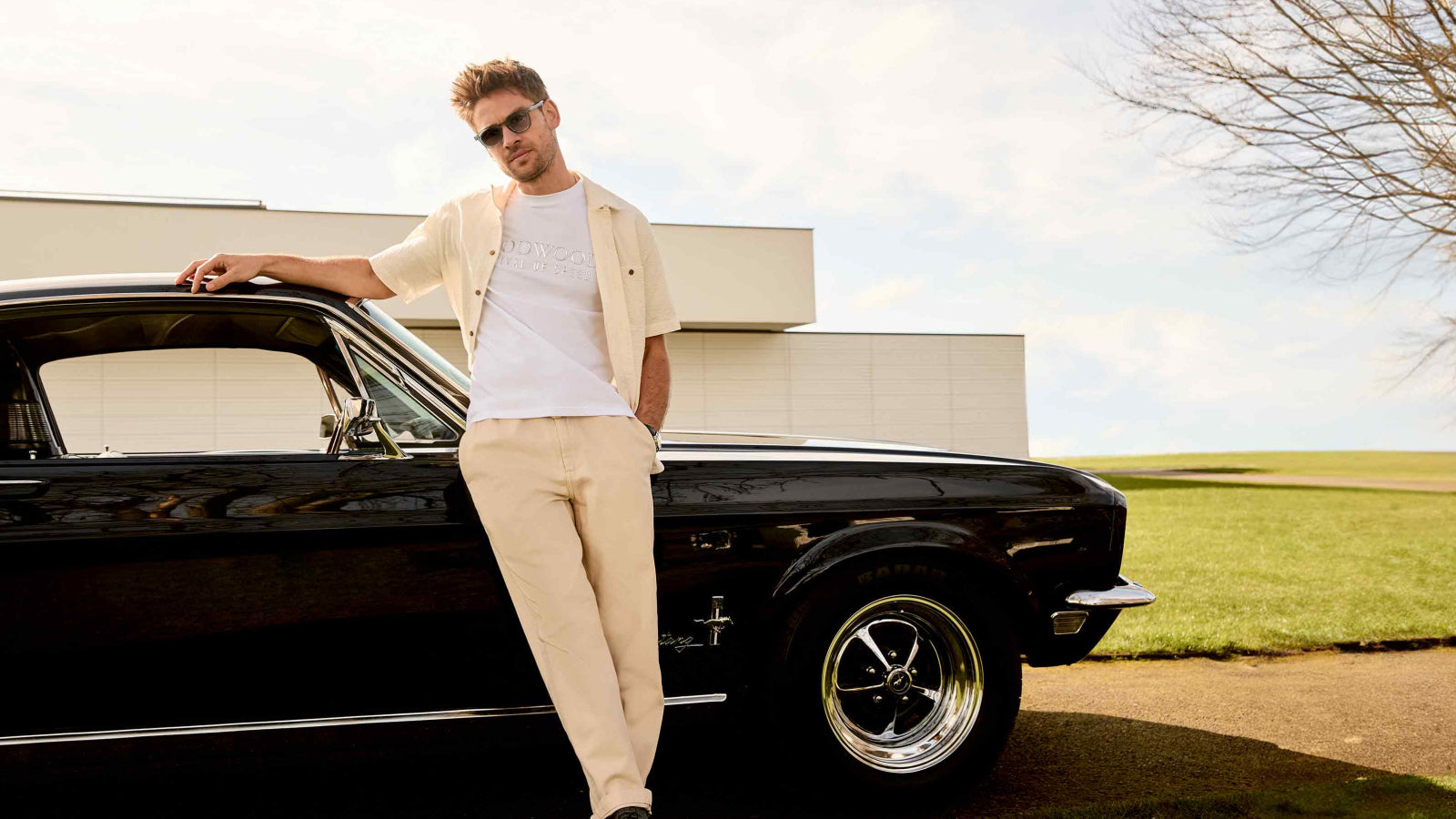The difference between a Ferrari F40 and a Bugatti Chiron | Thank Frankel it's Friday
 Andrew Frankel
Andrew Frankel
Imagine today what you’d have to create to make the world’s fastest car. I have some insight into this because recently I visited the Bugatti factory in Molsheim to drive the 1,600PS (1,177kW) Chiron Super Sport, a derivative of which is the only road car I know to have undisputedly driven across the surface of the planet at over 300mph. And if you walk into the factory and see Chirons in various stages of build, unless you have a masters or, more likely, a doctorate in engineering, you’re going to be more than baffled by the sight; utterly befuddled is more like it.

Because today making the world’s fastest car is not just a question of piling on the power until the right number appears on the dial. That number is now so high it’s also important that you pay quite a lot of attention to the aero in order to keep the thing from doing what most metal objects like do at such speeds, namely take off. To do that you need to add downforce, which also means you’ll add drag which means you’ll need to add more power in order to overcome it. In Bugatti’s case the result is an 8.0-litre powertrain with 16-cylinders, 64 valves, four turbos and an all-up weight greater than that of some entire cars. To look at, it is so staggeringly complex much of it isn’t even readily recognisable as an engine.
It wasn’t always like that. Return to a time to when the ‘world’s fastest’ title would belong to a car capable of merely 200, rather than 300mph. You’ll need to wind back to the 1980s and the first car genuinely capable of breaking that barrier, albeit by a tiny margin and only by a healthy car in in ideal conditions. Nevertheless, I don’t think it’s too controversial to say that, whatever many have been claimed at the time or since, the Ferrari F40 was the first production car by a recognised manufacturer to be able to reach the double ton.

And earlier this week I just so happened to come across an F40, not wearing its usual sleek bodywork, but in what was once quaintly referred to as ‘the altogether’. Undressed. Starkers. Not so much as a Kevlar panel to cover its modesty. And only then will you realise just how much time has changed.
Because if you look at an F40 as it is intended to be seen, it still seems quite modern with its low nose, big rear wing and ground-hugging profile. Open a door and all you see is carbon and Kevlar panelling. But that’s just cladding. Strip all that away and you’ll find something you might at first think was designed by Noah.
There is the simplest of steel spaceframes, with longitudinal sections onto which some tubing has been welded or bolted with some diagonal bracing for the roof, a rear subframe to carry the motor and remarkably little else. Conceptually it really is very little different to that of Ferrari’s first mid-engined road car, the Dino 206GT of the late 1960s.

The cladding does add some more structural rigidity but, I’m guessing, compared to the proper carbon tub of the F50 that followed it, not much.
All Ferrari then had to do was install a slightly tamed version of the engine it had already built for Lancia with which to go Group C racing and bolt on a body that merely had to keep the car controllable at 200mph, a rather less onerous task than 300mph. And because it can afford to be that simple, so too does it almost inevitably turn out to be incredibly light. About 1,235kg, despite its outer panels being actually quite heavy. A Chiron Super Sport is a two-tonne car all day long.
And part of me thinks that’s a fantastically retrograde step. The Chiron Super Sport requires over three times the power to raise top speed by only half as much again, which some might see as pointless exercise all by itself even before considering it adds weight equivalent to bolting a Lotus Elise to the roof. Having been lucky to have driven both, I can confirm that despite the fact it is so much slower, the Ferrari is far more visceral, involving and, yes, exciting to drive.

But then there’s that other part that considers what might happen when it goes wrong. First, you have to factor in how much less likely that is in the Chiron with its four-wheel-drive and some of the world’s most sophisticated active safety systems. Then what happens should you hit something? I know what I’d rather be in at the time.
Offer me one last blast in either however, the first car to breach 200mph or the first to crack 300mph, and massively admire the Chiron though I do, it’s the older, slower car I’d drive every single time.
Thank Frankel it's Friday
Bugatti
Chiron
Super Sport
300+
Ferrari
F40
































































